| Weight | 207 g |
|---|---|
| Dimensions | 50 mm |
| Focal Length (mm) | |
| Max Aperture (f) | |
| Min Aperture (f) | |
| Aperture Blades | |
| Elements | |
| Flange-Focal Distance (mm @ ∞) | |
| RF/L Extension (mm) | |
| Serial Numbers |
Durst Componon 50/4 [V2a]
AKA Schneider Componon 50/4 [V3] enlarger lens. Durst silver body with proprietary Durst mount – which makes infinity focus unworkable without modification (see FFD and Extension figures). Sample for test provided by West Yorkshire Cameras.


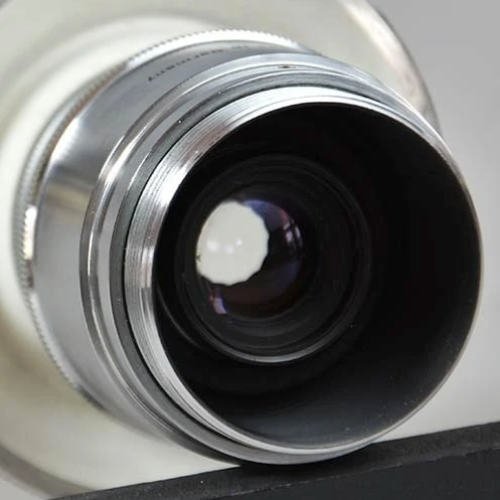
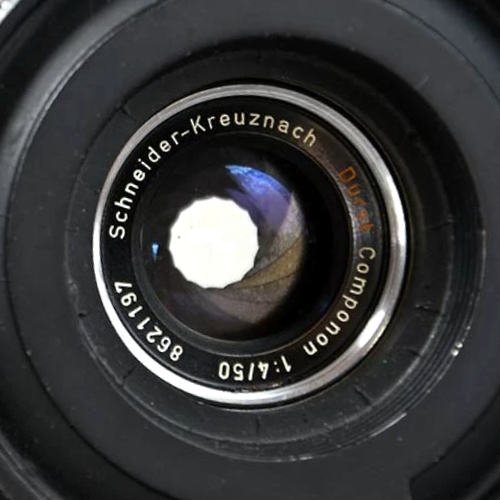

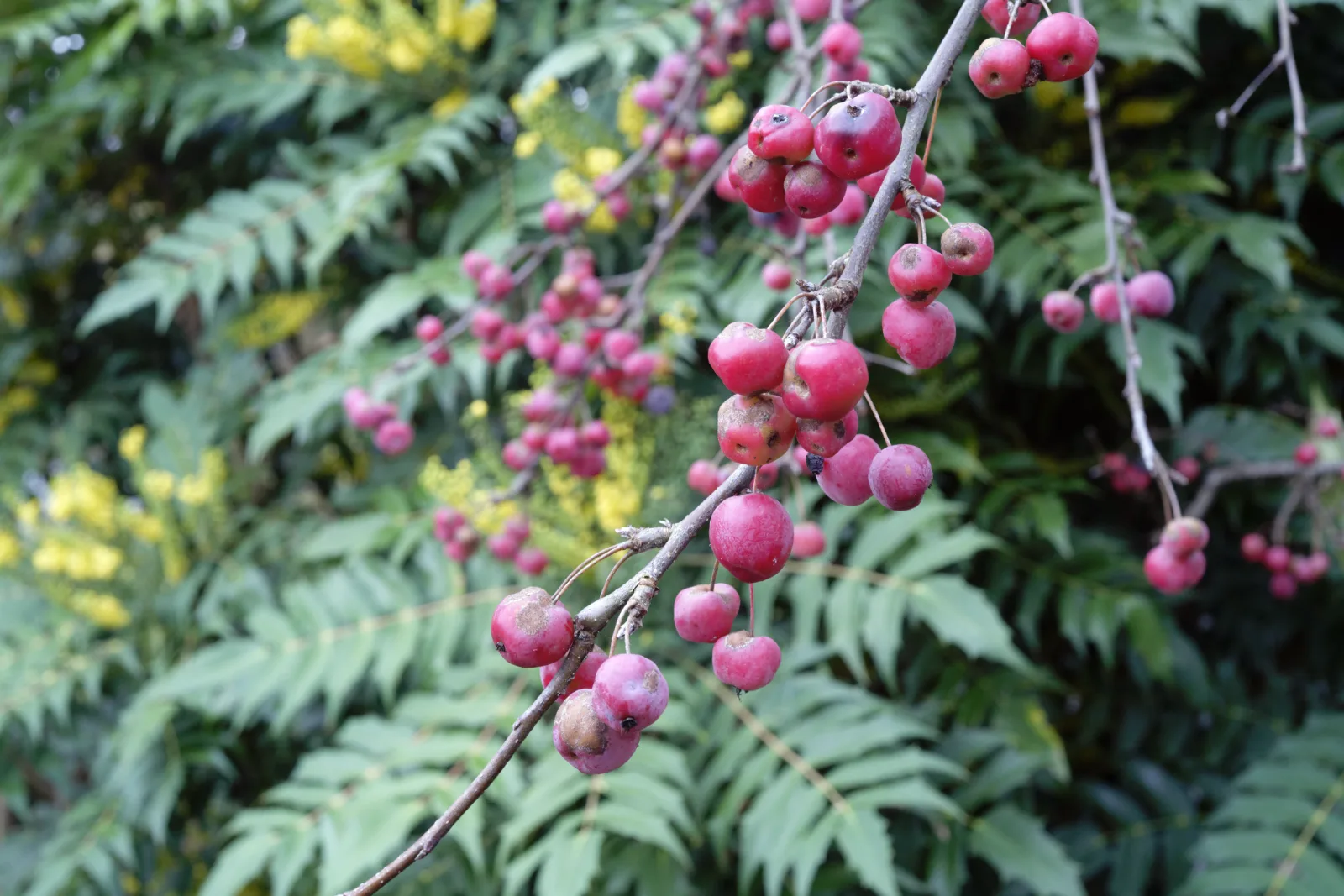
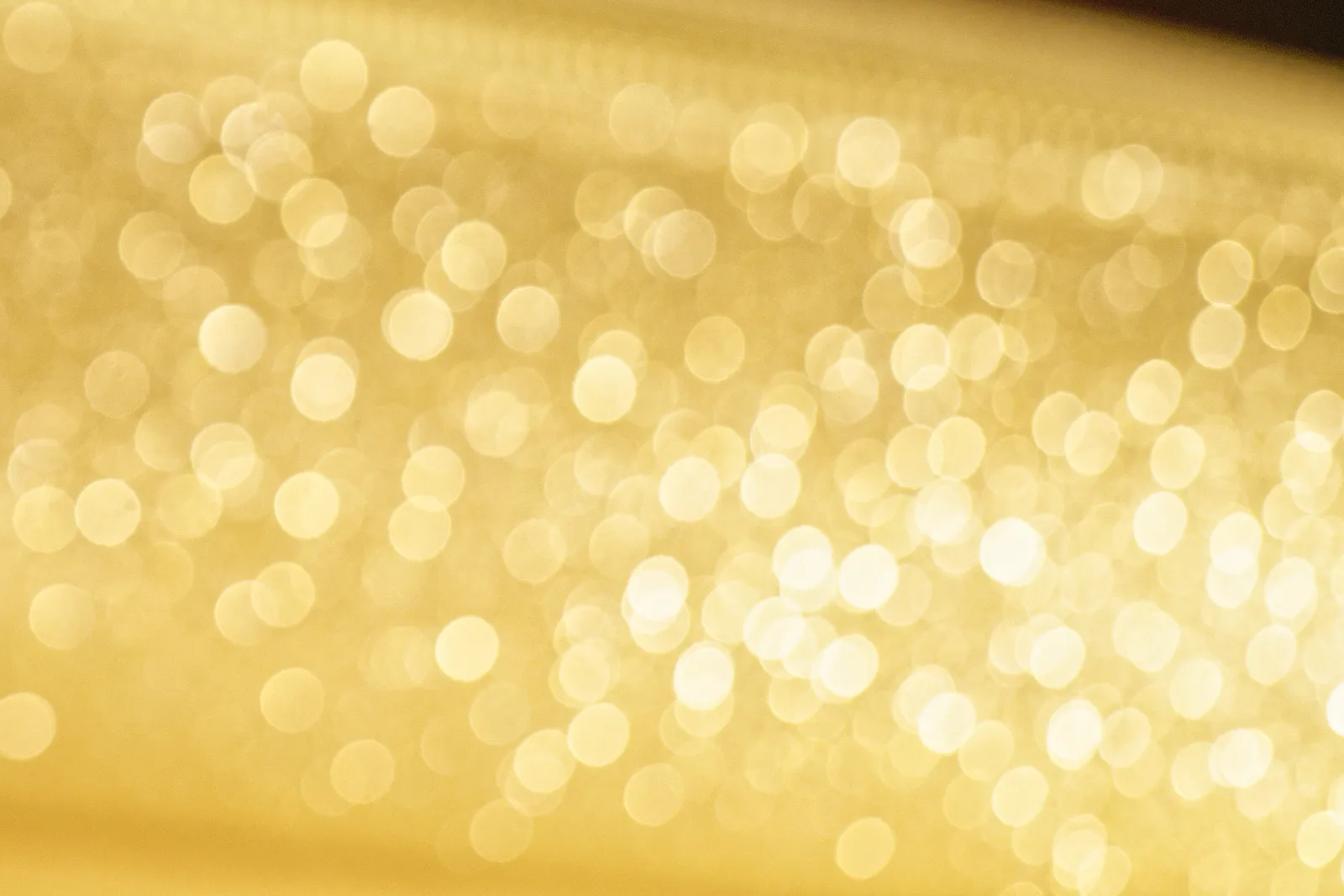
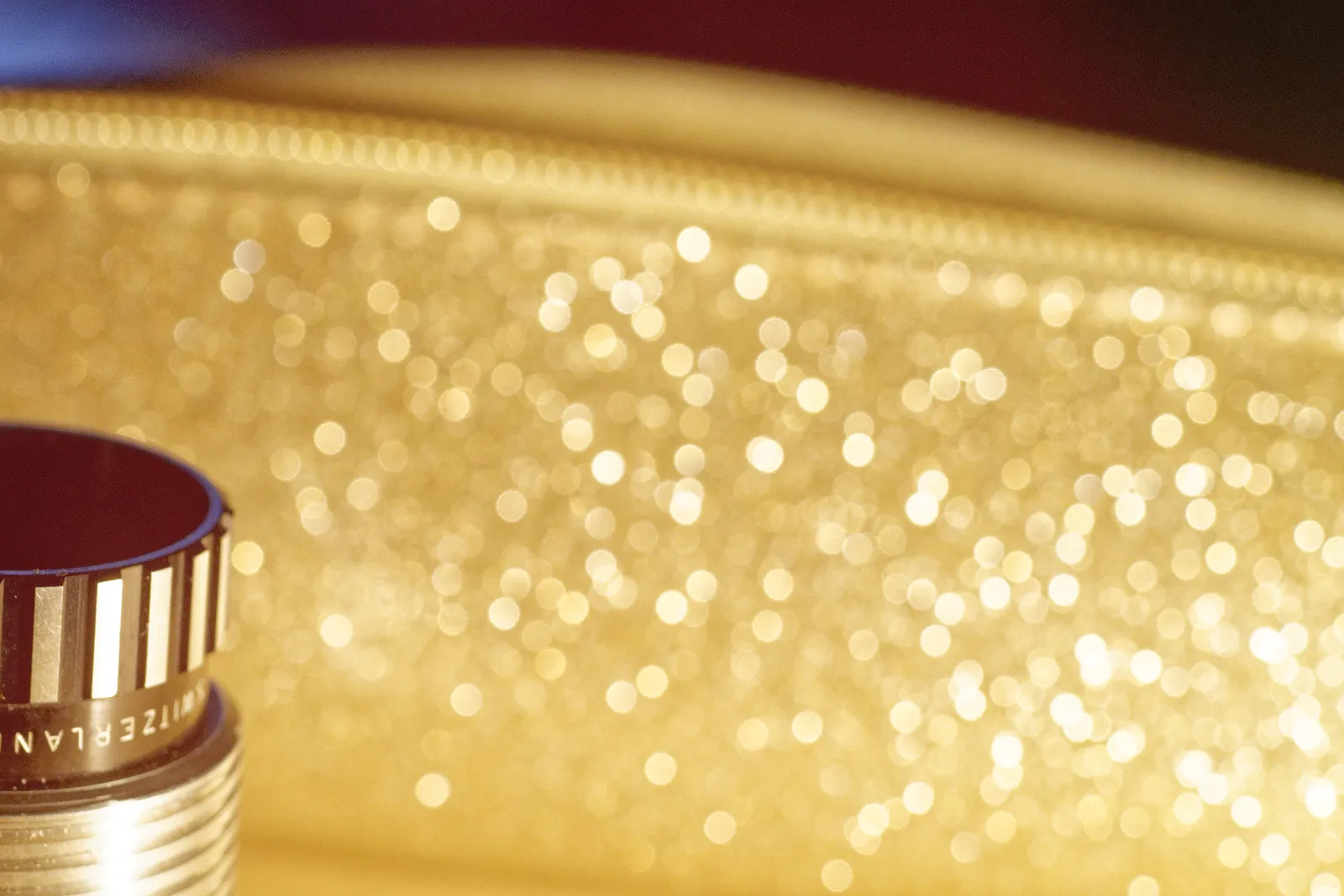
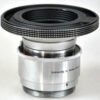







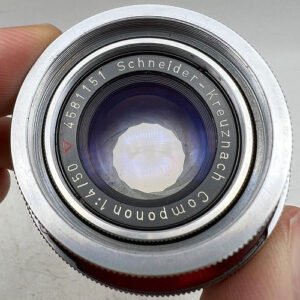

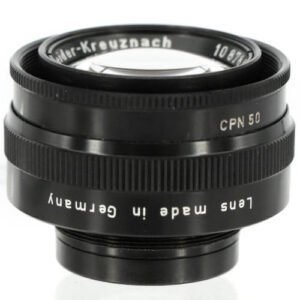

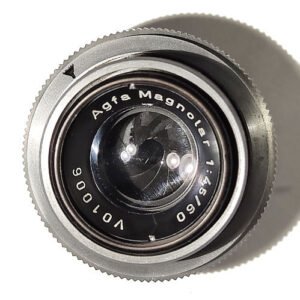
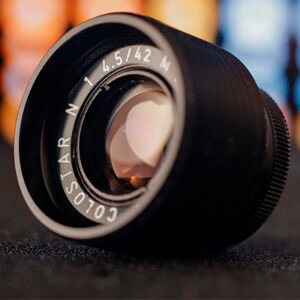
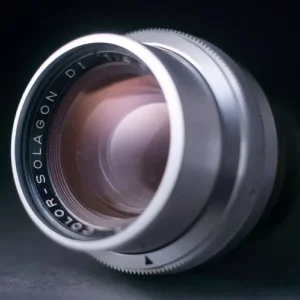
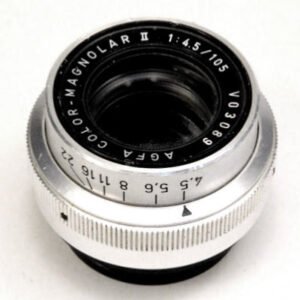
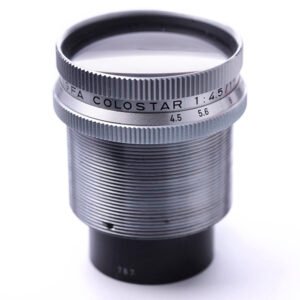
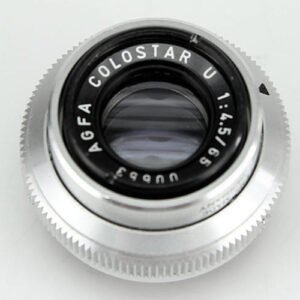
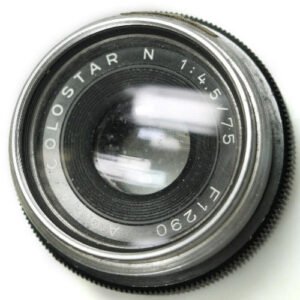
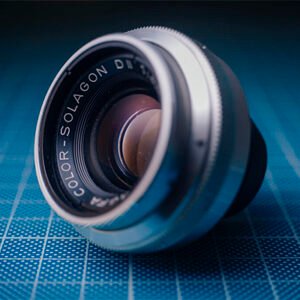


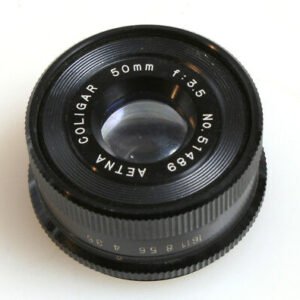

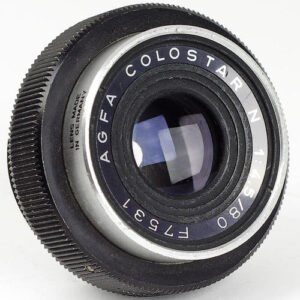





16:9 –
Smooth, natural bokeh wide open or stopped down – only slightly edgier than the fully circular earlier versions. Low field curvature and minimal optical vignetting, thanks to its compact size and relatively large maximum aperture, create highlights that are neutral and have relatively little cat-eye deformation. No bubble-bokeh or swirl here: it’s all very well behaved. These properties make the earlier (typically pre-1961) models more desirable than those from the mid-1960s through to mid-1970s. However, in the late 1970s, Componons were all upgraded with better coatings and the 50/4 received a new optical formula that made it quite notably sharper, though not ‘prettier’ in terms of its drawing style as a taking lens – at least as far as bokeh is concerned. Componons of this vintage were single-coated throughout, and suffer from a high incidence of veiling flare compared to later models.
Another crucial difference is that those with the scalloped-15 aperture produce sunstars, albeit quite weakly defined. Notches in the aperture edge are just enough to trigger radial rays, while not too obviously deviating from circular defocused highlights. Later models have sharper five-point sunstars; earlier versions, with fully circular apertures, don’t generate stars at all. At maximum aperture, the blades are not fully withdrawn – so if you look carefully you can spot those minor ‘scallops’fringeing bokeh balls.
As with most good quality enlarger lenses, CA is negligible to nil, and geometric distortion is scarcely measurable either.